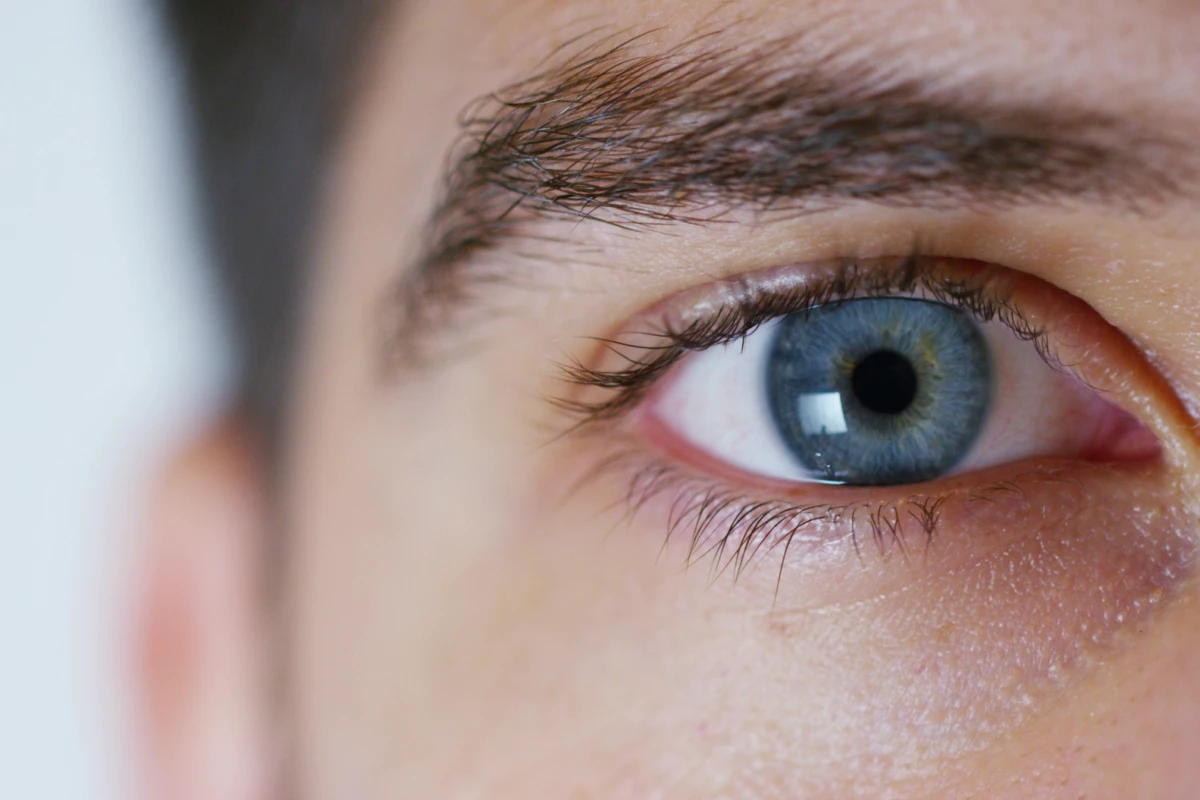In a major breakthrough for regenerative medicine, scientists have partially restored vision in a blind man using an emerging technique called optogenetics. The approach involved injecting the patient's eye with genes that code for light-sensitive proteins found in green algae, and represents the first successful clinical application of the technology, which enabled the patient to locate and identify objects for the first time in decades.
Some cells in the body contain proteins that make them especially sensitive to light, and by targeting these cells scientists can use light to control their behavior. Optogenetics involves inserting genes into otherwise regular cells to equip them with this kind of light sensitivity, and by stimulating these modified cells, scientists hope to develop treatments for a range of health conditions, ranging from paralysis to pain relief.
One of the more promising possibilities for this technology is in tackling progressive forms of vision loss, such as retinitis pigmentosa, which progressively destroys light-sensitive photoreceptor cells in the retina, eventually leading to blindness. Using optogenetics to implant light-sensitive proteins in the retina has long been seen as a way to address this deterioration, and we've seen promising early results in experiments on mice and embryonic chicks.
But these kinds of results have never been seen before in humans. Looking to change that, an international team of researchers conducted a pioneering study involving a Parisian man who was diagnosed with retinitis pigmentosa 40 years ago. The scientists injected the patient's weakest eye with genes that encode for a light-sensitive protein called channelrhodopsin protein ChrimsonR, which is found in glowing algae and, when subjected to light, responds by changing its shape and facilitating the flow of ions in and out of cells.
This caused specific neurons in the retina of the weaker eye to produce the ChrimsonR protein, effectively turning them into new light-sensitive cells. The team targeted ganglion cells because of the role they play in collecting light signals from photoreceptor cells and relaying them to optic nerves in the brain, where they are translated into vision.
The optogenetic approach proved to be an effective way to address vision loss by sidestepping the broken photoreceptor cells altogether. The modified ganglion cells were instead charged with picking up the light signals from objects directly, but only with the help of some external hardware was the system able to function as intended.
A purpose-made pair of goggles equipped with a camera was used to record the environment and beam light pulses directly onto the retina, with its new array of light-sensitive cells. The goggles did this in a way that transforms the image into a single wavelength of light on the safer amber spectrum, which causes the ChrimsonR proteins to change shape, open up the ion channels and detect and relay the light signals to the brain.
The scientists waited four months after injection for the proteins to take hold before starting visual training. But seven months after starting this training, the patient was able locate, identify and even count objects using his vision.
“Adjusting to using the glasses takes time,” says first author of the study José-Alain Sahel, chair of ophthalmology at the University of Pittsburgh. “Initially, the patient didn’t find the glasses very useful, but after a few months, he started to see the white stripes on a crosswalk and after several training sessions was able to recognize other objects, big and small.”
The findings represent the first ever case of using optogenetics for partial vision restoration, or indeed partial recovery from any neurodegenerative disease. The scope of the technology extends far beyond blindness, with scientists hoping to use optogenetics to one day tackle conditions like epilepsy, Parkinson's and depression. But for now, these promising results make treatment of retinitis pigmentosa a particularly promising, near-term pathway.
“Retinitis pigmentosa is one of the most common causes of blindness in young people and results from the loss of the light-sensing photoreceptor cells in the retina at the back of the eye," says Robert MacLaren, Professor of Ophthalmology, University of Oxford, who was not involved in the research. "In this trial the researchers used gene therapy to reprogram other cells in the retina to make them light sensitive and thereby restore some degree of vision. This is a significant milestone and undoubtedly further refinements will make optogenetic therapy a viable option for many patients in future.”
The research was published in the journal Nature Medicine.
Source: University of Pittsburgh




